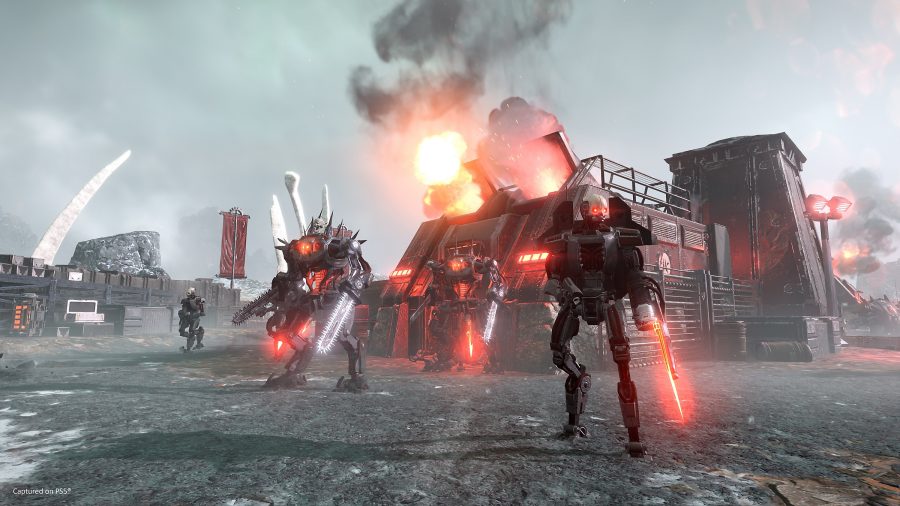Google has made a tradition of tweaking its logotype in honor of holidays, special events, and celebrations. And that tweaking has resulted in a library of interesting interpretations of “Google.” Now, they’re giving school age children the chance to participate in the fun and win some cash with the “Doodle 4 Google” contest. What are they up against? Let’s take a look back at 30 of our favorite Google Doodles over the years.
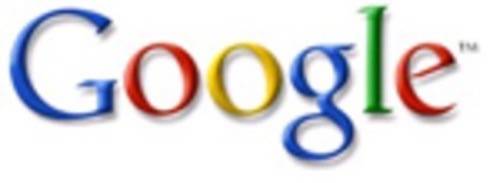
The annual Burning Man Project was one of the first events to inspire tweaks to the Google logo, way back in 1998.

Google experimented with the first official Google Doodle, a series of revisions that played out a story of “alien intrigue” over the course of a week in May 2000.

Bastille Day 2000 marks the first appearance of the current Google Doodler, Dennis Hwang. Also worthy of note is the fact that Google used to provide some reference copy for the tweak, a motif that has since faded from the tradition.
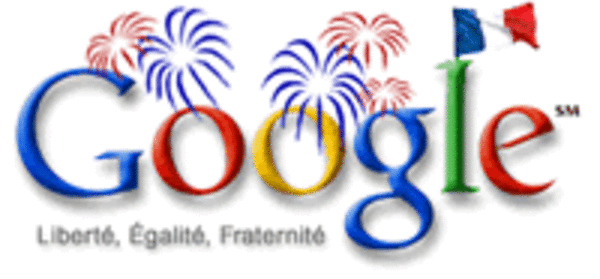
In 2001, Google took the opportunity to recognize 100 years of the Nobel Prize. The doodle replaces one of the “O”s with the sought after medallion each Prize winner receives.
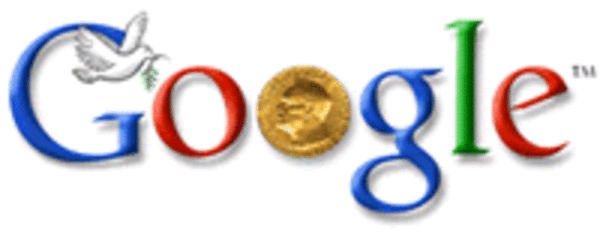
In 2002, Scott Adams took a turn at providing a doodle, doing away with the Google altogether and replacing it with characters from Dilbert. The pointy-haired boss provides his usual insightful direction.
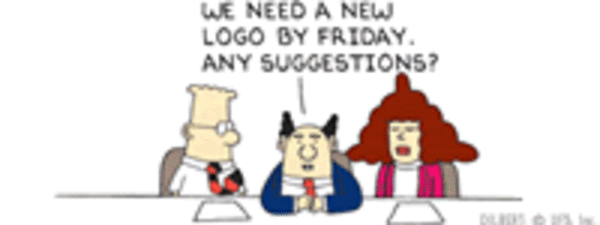
Google Doodles have always had a soft spot for artists. (Which only makes sense, given that each doodle is a work of art in its own right.) Because of that, you’ll see a number of famous artists appearing in our favorites. The first to make the list? A doodle from 2002 where Picasso-inspired figures poke their heads through the Google logo.
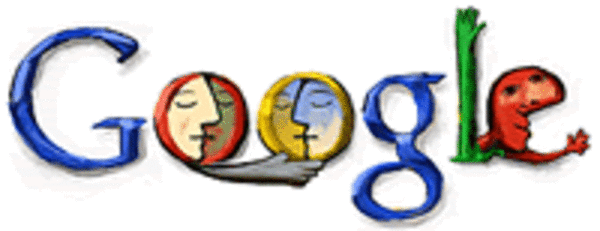
Obtuse references have also become one of the mainstays of the doodles. And that makes St. George’s Day easily one of our favorites, not only for the artwork but for the choice of subject matter.
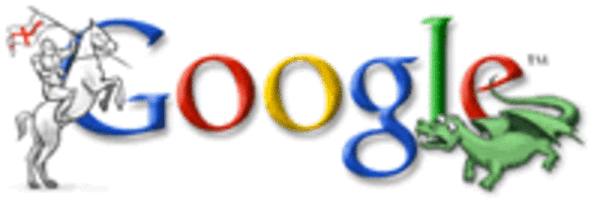
Pop artist Andy Warhol inspired a colorful Google Doodle in 2002. The doodle holds the distinction of being the only doodle so far to include multiple logos in a single doodle – a nod to Warhol’s use of repeated popular imagery with varying color treatments. Being in front of millions of Google searchers definitely extends his “15 minutes of fame,” and it lands him on our list of favorites as well.
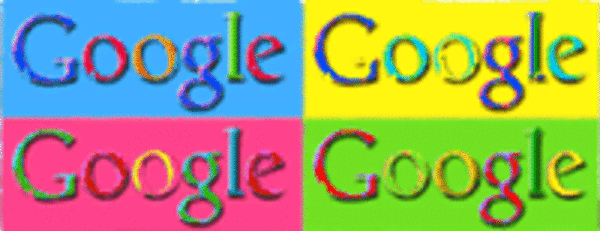
Science achievements always appeal to the “geeky” and technical types, especially when they offer some interesting visual opportunities. The celebration of the 50th anniversary of understanding DNA took some liberties with the letter forms to represent the double helix in Google’s colors.
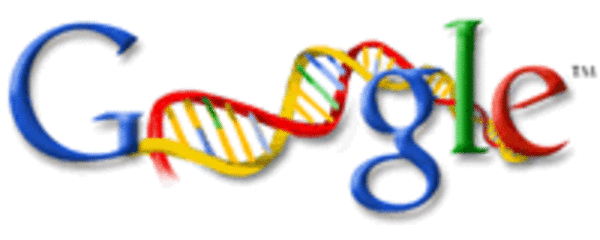
There’s no greater inspiration for scientific pursuits than Albert Einstein. So this doodle was easily a shoe-in for our favorites. Of note, the incorporation of Einstein’s most famous formula into the artwork.

MC Escher is another artist whose work has inspired hours of contemplation. Staring at his interpretations of optical illusions still continue to delight – and confuse – fans to this day. Google picks one of his most famous works, Drawing Hands, to round out the “O”s.
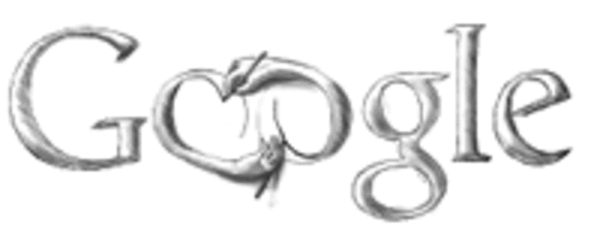
The Masters inspire masterful doodles – if you can even classify this nod to Michelangelo as a “doodle.” It makes our favorites for the tasteful use of nudity on a page that always has to be “safe for work.”
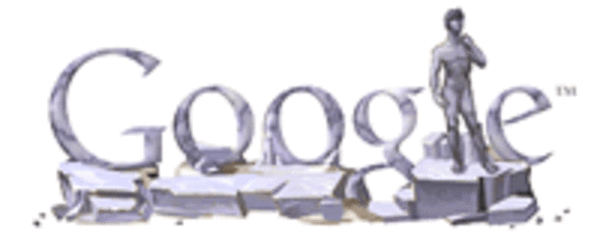
Combining technology, artistic talent, and obtuse references is arguably the Google Doodle trifecta. That’s why we like doodle for the birthday of Gaston Julia, the mathematician who devised the Julia set equations for fractals. These graphical representations, popularized by Mandelbrot, retain their resolution no matter how much you magnify them, making them a natural for the site that allows us to find minute details on the Web.
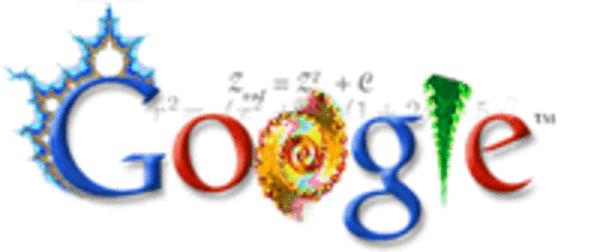
Sporting events – especially those that impact the whole world like the Olympics – often garnered a few Google Doodles over the course of the Games. The 2004 Summer Games series – highlighting the events held in the birthplace of the Olympics, Athens, Greece – was especially compelling.
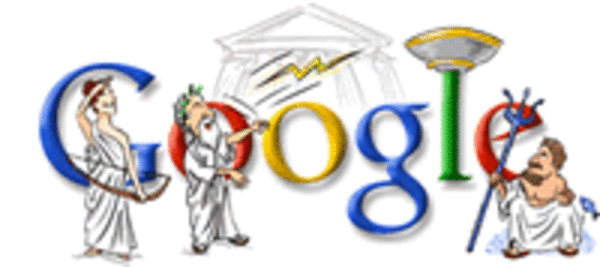
One of the doodles that Hwang mentions as memorable is the Venus transit of 2004, which only happens once every 122 years. The idea for the doodle was submitted by a French astronomer. We’re happy he made the suggestion, because It’s one of our favorite doodles.
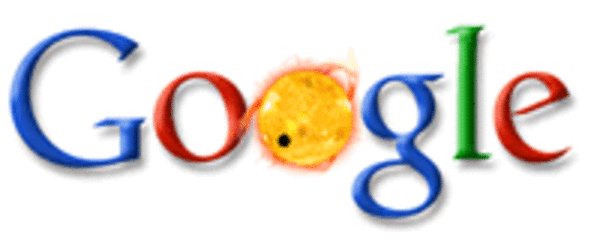
Not to be outdone by Michelangelo, the Da Vinci doodle of 2005 – celebrating the anniversary of Leonardo’s birth – incorporates a number of the famous renaissance man’s sketches into the Google logo. The wing on the “L” is an especially nice – if subtle – touch.
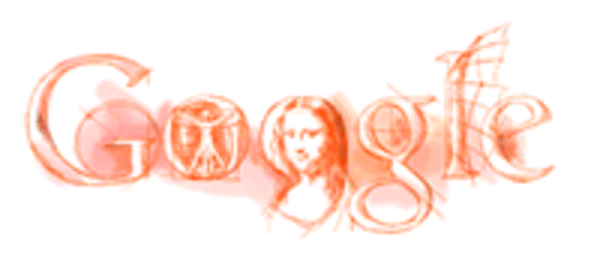
Google’s initial success came from taking a different approach to solving a common problem. And that’s what makes Frank Lloyd Wright – an architect who took a different approach to his craft – such a fitting tribute. The doodle features some of Wright’s most famous buildings, with a repainted Falling Water replacing the “L” and “E.”
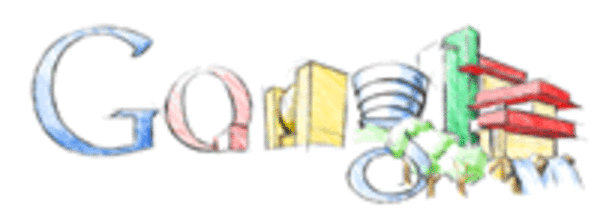
It’s hard not to pick every single artist that Google picks, because each doodle does a great job of representing the works in small form. Van Gogh was an easy – and obvious – choice for one of our favorites with Google’s rendition of Starry Night.
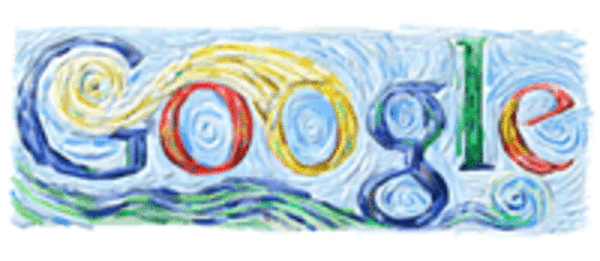
Easily my personal favorite is the most visually illegible Google Doodle ever released: Louis Braille’s birthday which appeared in 2006. The doodle serves as a gentle reminder that not everyone “sees” the Web in the same way.
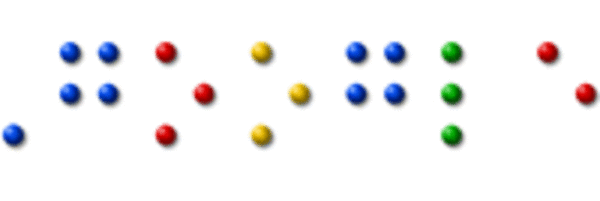
Another recurring theme in the doodles is the nod to Earth Day. The 2006 rendering of the Google logo features renewable energy resources – like solar and wind energy. This doodle was a favorite of ours for its creative – and informative – doodling, reminding us all of our responsibility to the earth.
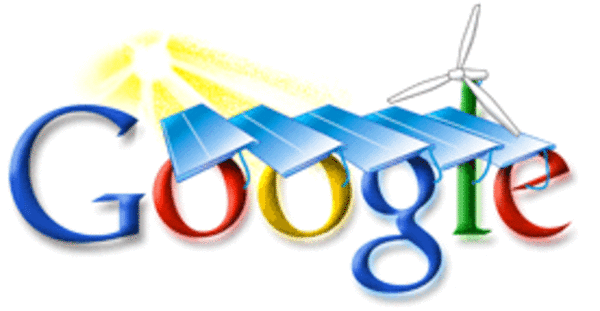
One of the first doodles to downplay the logo in favor of the artwork it’s referencing is a tribute to Edvard Munch in 2006. The doodle, which features his most famous work The Scream, is striking, even if the initial “G” is almost imperceptible. Like so many artists before him, we’re adding Munch to our list of favorites.
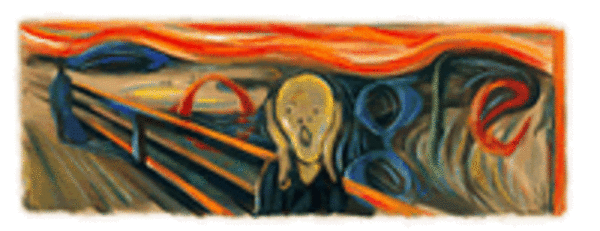
Earth Day 2007 made the favorite doodle list, as well. Unfortunately, there isn’t much left of that Google iceberg below the water and that serves as a chilling reminder of the effects of global warming on the planet.
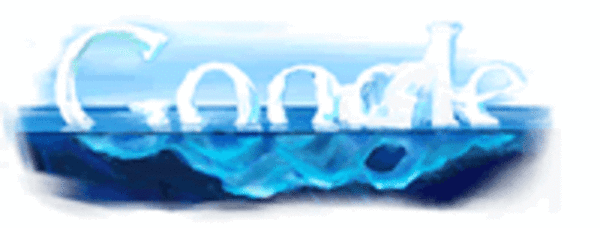
Space exploration got another nod in 2007 as the doodle captured the 50th anniversary of the first manmade earth-orbiting satellite in space, Sputnik. Humans using technology to explore the unknown seems to be a perfect theme for a company like Google – and an obvious addition to our favorites.
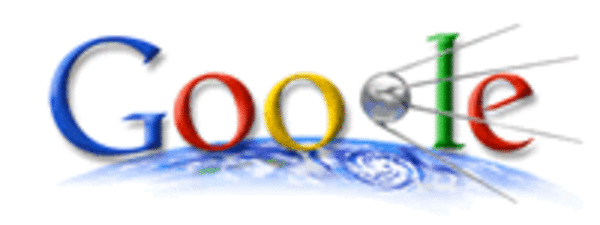
Google has made it a habit of recognizing its own birthday with a doodle. So we would be remiss if we did not include one of those examples in our favorites. The 10th birthday doodle in 2008 seemed the most appropriate choice, especially given its retro look resurrecting the original Google for old times’ sake.
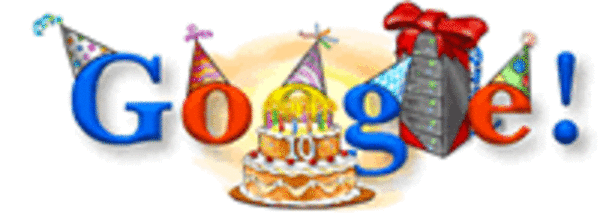
We’ve touched upon a number of obtuse references. What about an obtuse representation of the logo? The doodle honoring modernist Marc Chagall in 2008 makes it difficult to even discern the “Google,” but it’s one of our favorites, nonetheless.
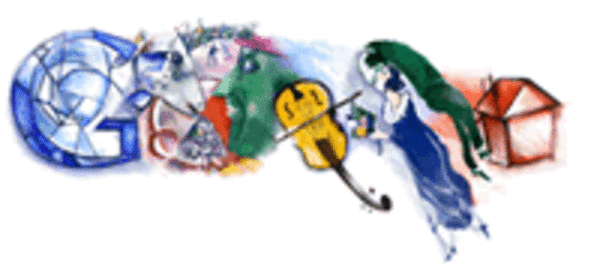
One of the most momentous occasions in United States history, the 2008 US Presidential election, resulted in a doodle that hid most of the letters from us behind the curtains of voting booths. I wonder who the letters voted for? In any case, we’re voting for it as a favorite.
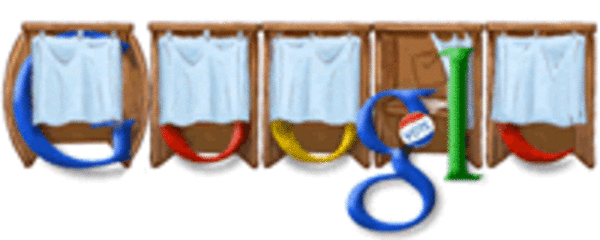
What’s a list of favorites without the Large Hadron Collider? Not a complete list, we say. That’s why we’ve been sure to include the 2008 doodle – celebrating the first time they sent particles screaming around the loop of the LHC – as one our favorites.
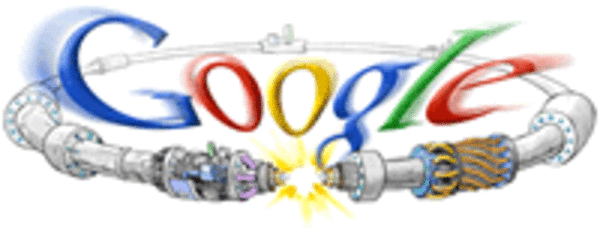
The final artist to make our list of favorites – Google’s celebration of the 110th anniversary of Rene Magritte’s birth – has Google taking a backseat to the artist’s most famous facade, The Son of Man, with its iconic green apple.
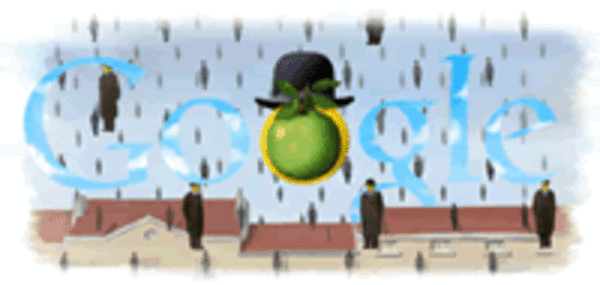
We’re going to wedge one last space-oriented doodle into our favorites. And nothing seems more appropriate than the doodle celebrating the 50th anniversary of NASA, the organization behind the US space program.
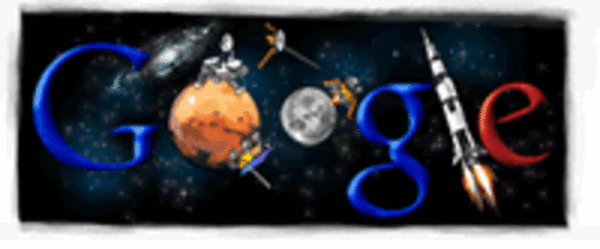
It seemed a shame to close out our list without a representative from 2009, so we’ve also included the New Year doodle, a whimsical representation of the jungle that is the growing Google ecosystem.
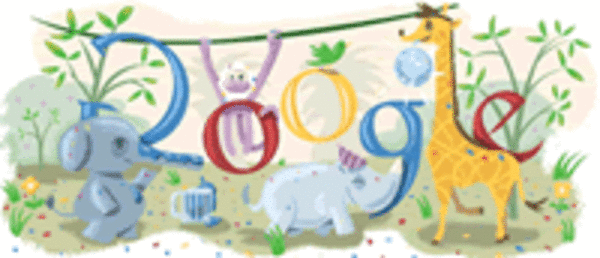
Inspired?
So there you have it. Thirty of our favorite Google Doodles.
As you can see, a number of our favorites have centered on artists and accomplishments, making these doodles the perfect complement for the Doodle 4 Google contest. Hopefully, they’ve provided some much needed inspiration for the students who will be participating in that program.
Need even more inspiration? You might want to take the opportunity to review Google’s complete collection of holiday doodles. Or it might help to look over the shoulder of the official Google Doodler.
Now, it’s your turn to doodle – or more appropriately, your kid’s turn. If grade school age students want the chance to have their artwork in front of millions of searchers, they’ll need to convince their schools to let them get to doodling about “What I wish for the world.”
At the very least, the participants are sure to do better than the original Google logo, Backrub.










